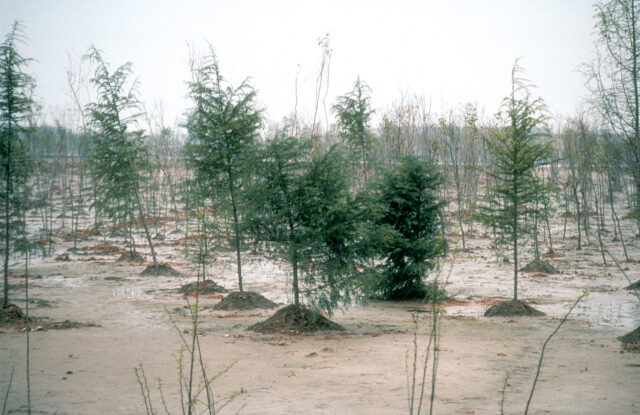
Revegetation is an important process of restoring the different types and kinds of plants in some bigger areas. It’s also recognized as regeneration or replanting. Sometimes the naturally grown plants are destroyed for some reason and the people need to replace or renew the same area, using some of the most common and effective ways of revegetation.
Before anything else, there should be a group of experts who will create a plan and explore all the possibilities.
Why is revegetation needed?
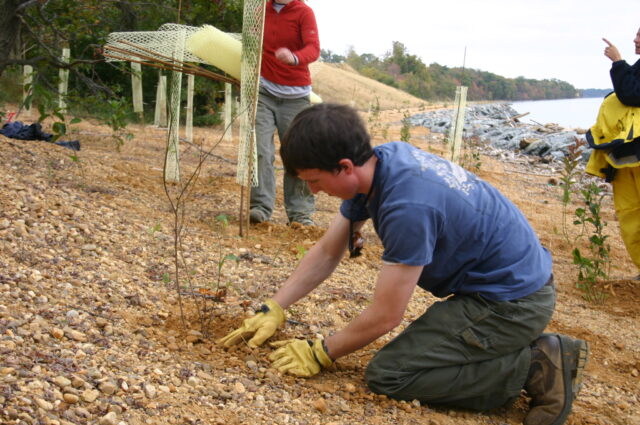
If some area is somehow damaged, due to fires, floods, or other causes, it needs to be repaired and replanted. Sometimes the plants there are harmful to the environment, including the animals and other plants, so, with a proper renewing plan, the old culture will be removed and destroyed, and new plants will be placed there. This process also prevents soil erosion, especially when plants with bigger roots are planted there. Revegetation can also be used to improve the natural habitat for some species. Sometimes, some areas are not repaired for decades and they need a human touch to recover.
In this article, we will talk about the most common methods that are used in the revegetation process, never mind what is the reason for that.
1. Soil replacement
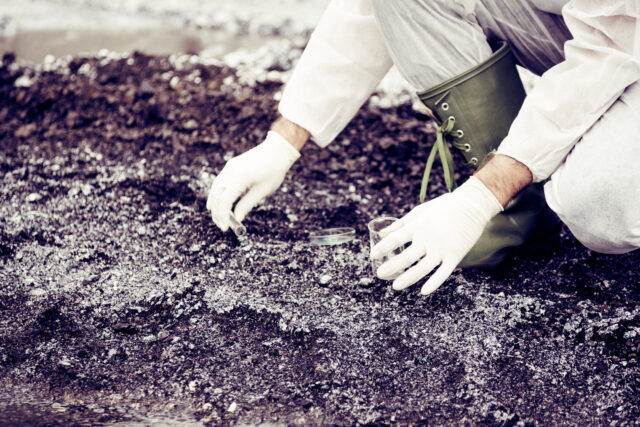
If the area suffered erosion or soil contamination, that also damaged the plants and vegetation, it has to be removed, recycled, and replaced. This process will improve the conditions for the new plants, providing them enough space and food, because very often, the new soil is fertilized and rich with organic compost.
2. Natural regeneration
After the problem with the soil is fixed, sometimes it’s better to leave that area without any future intervention (seeding and fertilizing), so the things will be solved naturally. The term natural regeneration is referring to the replanting process when the plant’s seeds are naturally distributed to the soil by the water, wind, animals, or some leftover seeds that “survived” the soil refreshment process. This is passive revegetation but sometimes it’s better to leave nature to recover by itself. Sometimes the result will be poor vegetation, but we shouldn’t forget that nature is wonderful and it can heal faster than we can expect. In some cases, people can help by throwing different seeds, without any strict plan.
3. Direct seeding
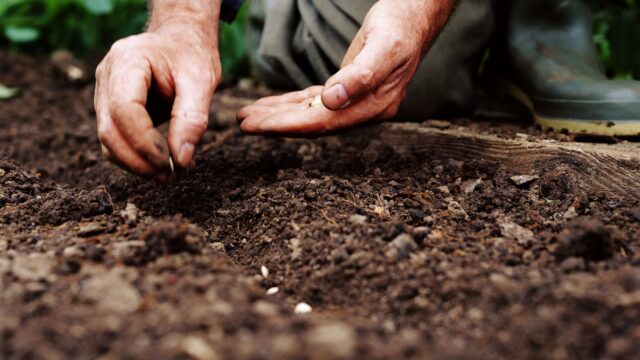
This is a revegetation process when the seeds of previously determined plants are put in the soil, so the area can be recovered using human’s help. The revegetation group needs to take on mind all the aspects, like weather conditions and seasonal changes, so they can decide which plant to seed there. Sometimes it can take a few years until the whole area is fully renewed and recovered. In this case, people decide which plants will grow there and they monitor the process of revegetation.
4. Hydroseeding
Hydroseeding is a process when tanks or helicopters are used to spray seeds mixed with water or other liquid fertilizer so they can boost the revegetation process in some area, often after big fires. The soil needs to be prepared before. The mixture of seeds and fertilizers can also contain soil stabilizers and other enzymes that will help the soil and the whole area to recover and to stop the potential growth of harmful plants.
5. Hydromulching
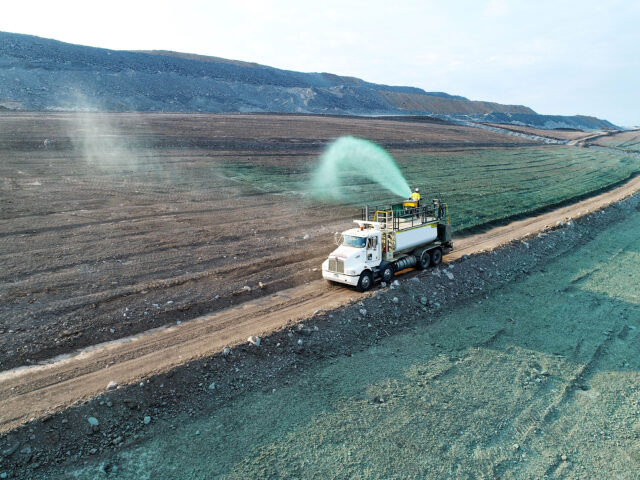
This is a similar process to hydroseeding, which includes hydraulic seeding. While the hydroseeding process rarely includes fertilizers and enzymes, the hydromulching process always uses water, fiber mulch, and tracking dye. The mixture is consistent and the soil can be easily renewed by this process. Hydromulching guarantees better results than hydroseeding. If you are interested in this, read more on spraygrassaustralia.com.au to see all the differences in these similar revegetation processes.
6. Tubestock
This term is used when people don’t use seeds, but they bring crops that are previously grown in tubes and then delivered to the area where they are put in a previously prepared soil. This revegetation process is more expensive than direct seeding and natural recovering. Some seeds can be damaged by insects, especially ants that use them as food, so tube growing is a better choice. This is also known as planned planting, so when the plants grow enough, they don’t look like natural area, because the rows and patterns are pretty visible.
What other things need to be considered in the revegetation process?

When new plants are planted, they come together with weeds that use the moisture and fertilizers and they can take over the whole area and make harmful damage. So, when a regeneration process is happening, the experts need to take care of these wild weeds or see if they work great in a symbiosis. But, keep in mind that these weeds are often harmful and may decrease the success level of the revegetation process.
Also, the group who works on this process needs to decide which fertilizers, herbicides, and chemicals will be used, so they can improve the results and reach the planned goal. Sometimes more advanced chemicals and enzymes will be used, so no birds or animals can destroy the crops. After the seeds are planted in the soil, the whole area needs to be moisturized. So, you will need a source of freshwater so you can bring it to the rows and your plants won’t dry out. When the seeds are put in the soil, the job is not done. The whole area needs to be monitored, so people can see if they need to repeat some process.
The timing is also important because different seeds can be planted in different seasons. Also, every activity has a right time to be done. The revegetation team needs to research all the needed information and see every aspect of the process, so they won’t spend “money for nothing”, because this process is very expensive and time-consuming, no matter what method is used.
Plants are a crucial part of our life and we always need to help nature recover, by helping with some of the methods we mentioned earlier in this article.












